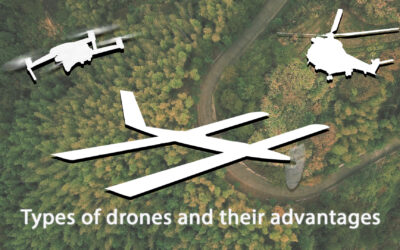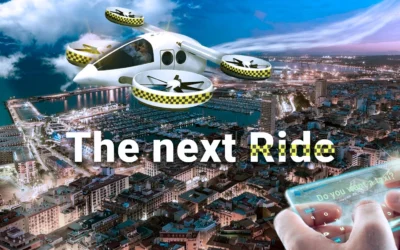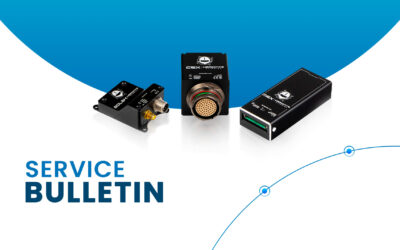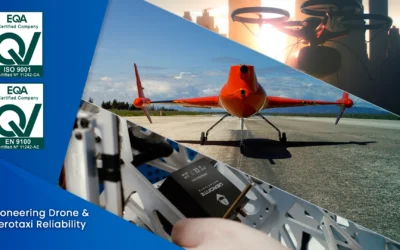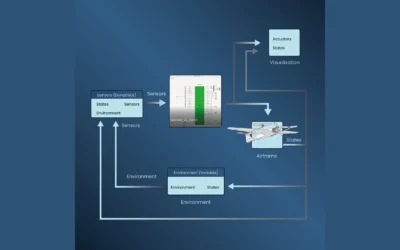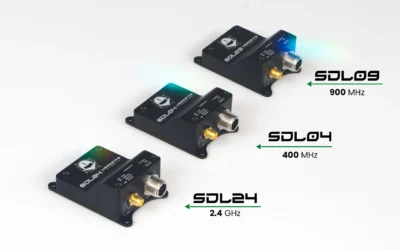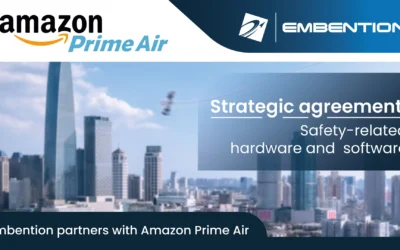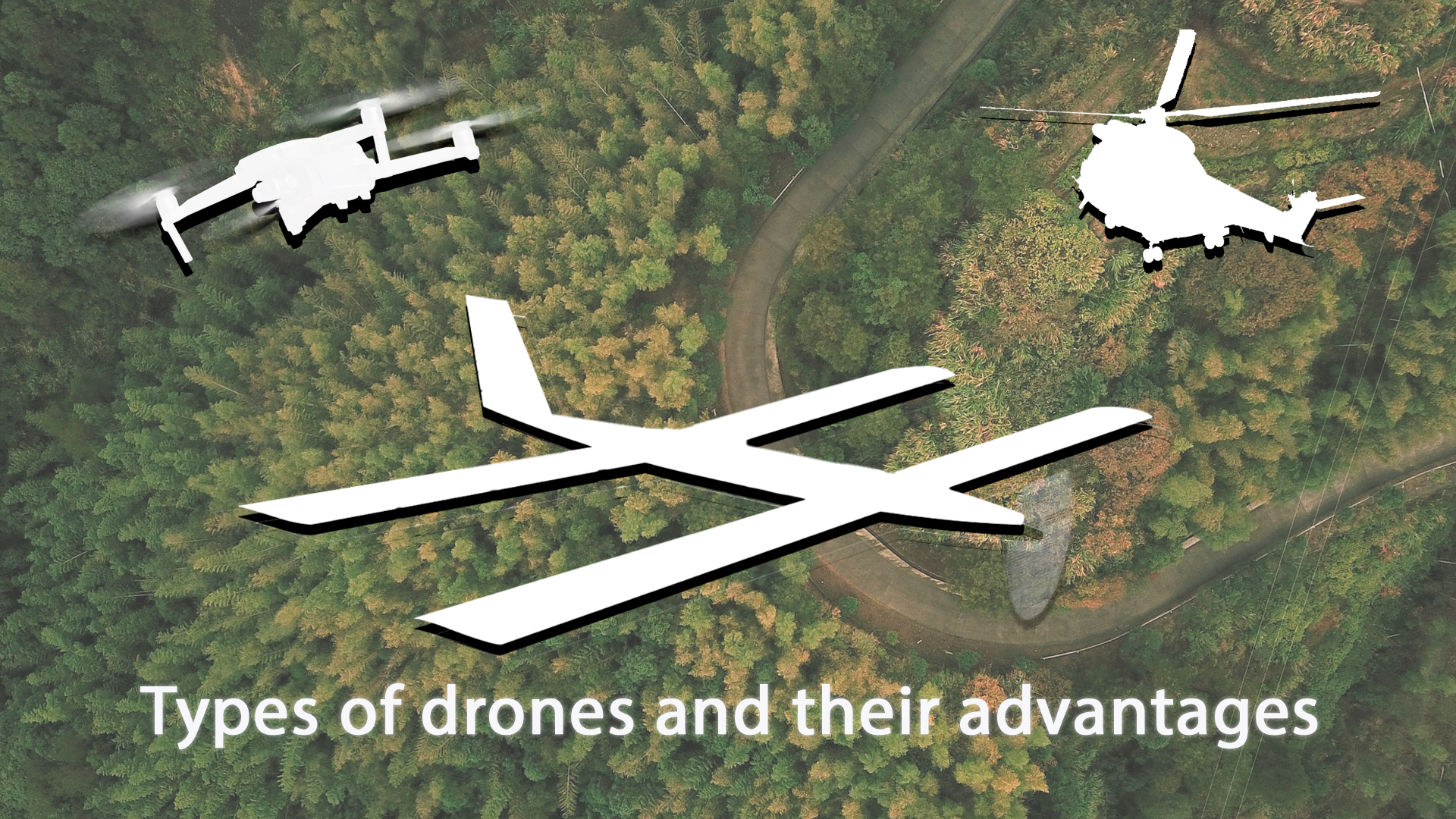In 1940, the industrialist and business magnate Henry Ford said: “Mark my words: a combination of an airplane and motorcar is coming. You may smile, but it will come.” Eight decades later, we have something very similar to what Mr. Ford predicted in that statement: the eVTOLs.
About eVTOLs
eVTOL is the acronym for electric vertical takeoff and landing and as its name indicates it represents a type of aircraft that uses electric power to hover, take off and land vertically. This kind of aerial vehicle is possible thanks to major advances in electric propulsion, ultra-efficient batteries, autonomous systems, and manufacturing processes.
They can be classified in multiple ways: by application (commercial, cargo, military), by lift technology (multirotor, vectored thrust, lift plus cruise) by battery type (lithium-ion batteries, solid-state batteries, hydrogen fuel cells), by mode of operation (piloted, optionally piloted), by range or by MTOW (maximum take-off weight), among others.
eVTOLs Addressable Market
eVTOLs are coming to solve the growing need of new vehicles for UAM (urban air mobility), and UAM will be highly beneficial not only for reducing traffic and pollution levels, but also will be a disruptor to existing mobility infrastructure network, since this type of mobility infrastructure is mainly virtual and does not require a cost per mile as opposed to road or underground systems, that are physical and have a very expensive per mile construction.
For those reasons, the eVTOL aircraft market is expected to reach a $1.5 trillion TAM by the year 2040, according to an in-depth analysis from Morgan Stanley Research. Passenger travel would be capturing the lion’s share of the market in 2040, reaching $851 billion in Morgan Stanley’s baseline scenario. Freight transportation would account for $413 billion of the market and another $12 billion will be coming from military and defense applications. Finally, the report adds $198 billion for enabling technologies and services, including in this section autonomous control systems.
These are very promising figures for Embention, whose Veronte Autopilot 4x can be adapted to all kinds of eVTOL vehicles without requiring modification of the source code, and is the first redundant flight computer designed according to the aircraft standards DO178C and DO254 for onboard software and hardware design with DAL B compliance level (and working to achieve DAL A in the near future). Therefore we are able to provide the reliability evidence needed for passing the most demanding eVTOL certification processes.

